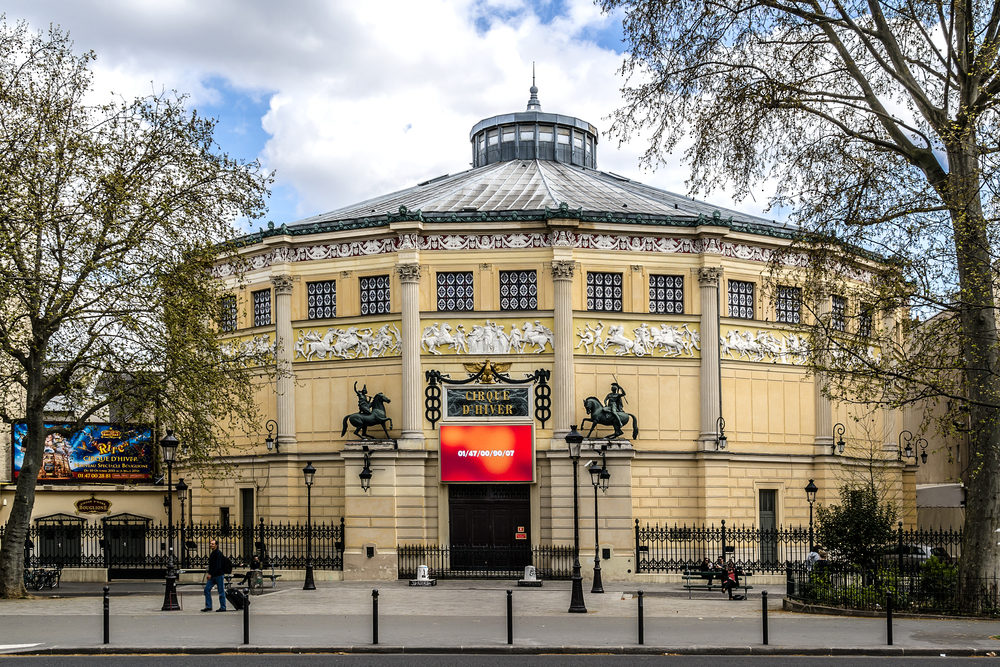
Winter’s approaching, time for a day or night out at the Cirque d’Hiver! Have you heard of this place filled with history? Continue reading “The history of the Cirque d’hiver (Winter Circus)” »


Winter’s approaching, time for a day or night out at the Cirque d’Hiver! Have you heard of this place filled with history? Continue reading “The history of the Cirque d’hiver (Winter Circus)” »
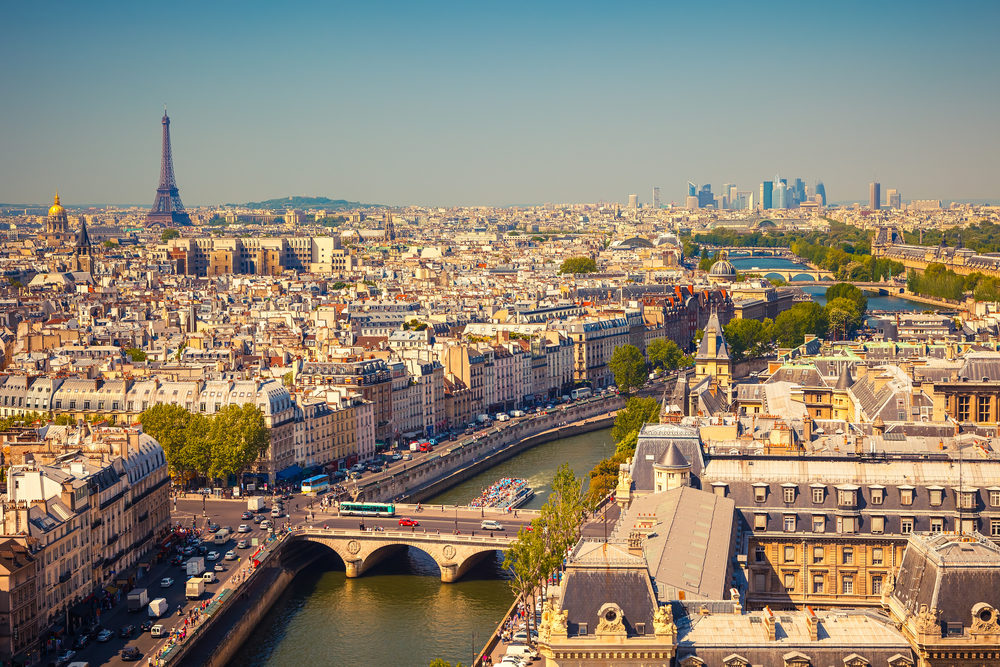
Bon Marché is a department store, surrounded by rue de Sèvres, rue de Babylone, rue du Bac and rue Velpeau in the 7th arrondissement of Paris. Continue reading “The story of Bon Marché” »
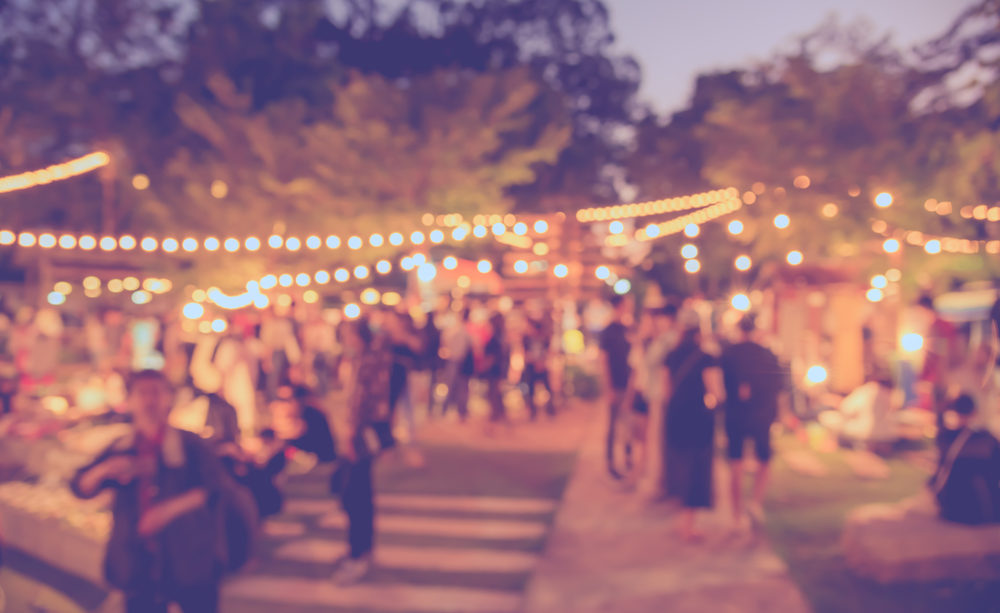
Made legendary by painters, writers, photographers and filmmakers of the late 19th century, Parisian guinguettes are a true heritage of French culture. Continue reading “The history of Parisian guinguettes (open air cafés)” »

French food is renowned worldwide, and the greatest chefs come to Paris to earn their stripes. But where does this taste for cooking in France come from? Let’s take a look back at the French culinary tradition and how it has evolved over the centuries. Continue reading “Why are the French such good cooks?” »

Parisian gastronomy is present in all the good Parisian restaurants and brasseries. You will taste various cheeses, dishes, pastries and other entries.
Here is a panorama of the various foods that make up French gastronomy and Parisian know-how.
There are a hundred Parisian cheeses including Brie which was created in an agricultural region of the east of Paris. You will also find Coulommiers, the chevru, the pavement of Doue and the Fontainebleau used for the cake of the same name.
There is a wide variety of Parisian fruits and vegetables. The mushroom of Paris is a symbolic vegetable of Paris. At the end of the 19th century, more than 300 producers cultivated the mushroom of Paris on a total of 1000 tons annual in 1875. It is produced in the suburbs and in Paris until 1895. It seems that the real mushroom of Paris is grown in the cellars on layers of limestone …
The cherry of Montmorency is also symbolic of Parisian gastronomy.
Poultry is also part of Parisian cuisine, a specialty formerly served at the Court of Louis XIV. We will also highlight the pig belonging to the traditional ham of Paris. As for charcuterie, we will find the sausage of Paris with garlic and spices. Meats are used in traditional dishes such as beef stew, roast rib and black pudding from Paris.
Among the Parisian breads, you will find the famous baguette as well as Briare bread and Vexin bread and the croissant.
Among the pastries, you will find the Bourdaloue pie, the saint-honore, the opera, the brioche of Nanterre, the millefeuille, the financier made for the majority with dough with cabbage. These pastries for the most part were designed by a great Parisian chef Marie-Antoine Carême precursor of pastry and confectionery …
The traditional Parisian dishes that can be mentioned are the onion soup, the eel matelote, the croque-monsieur …
When you are visiting Paris and for information on Parisian restaurants, check out the staff at our Aloha hostel.
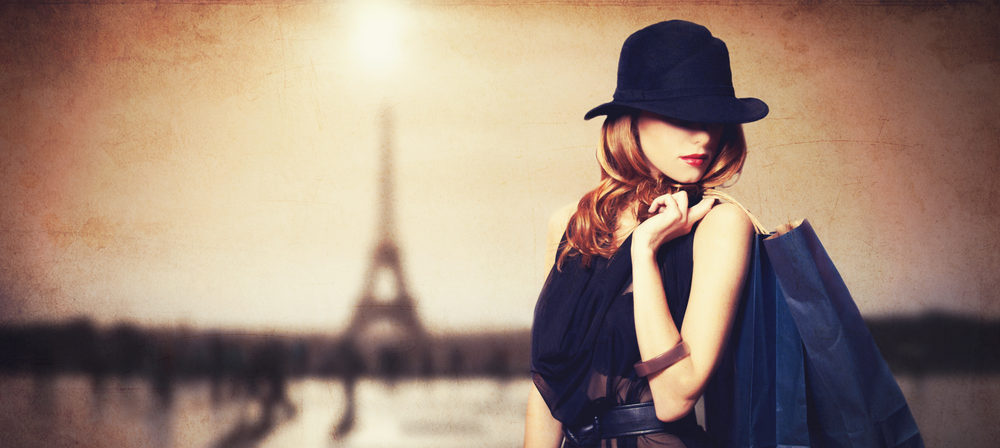
Parisians have always had a bad reputation whether in the provinces or abroad. Known for being in a hurry, distant, impolite, the city of Paris is positioned in 4th place of the least welcoming cities behind Johannesburg, Cannes and Moscow according to an American magazine “Condé Nast Traveler”.
But why do Parisians have such a bad reputation?
Parisians are famous for their lack of warmth and a neglected welcome. According to tourists, it is rare to find people available in the capital to guide them, help them whether on the street or at the airport example. Similarly in Paris museums, the staff is cold and remote ordering to open his bag and mount his ticket …
Courtesy is another black point of the painting. Few Parisians apologize after jostling a person in a hurry in transport or in the street again.
Tourists and provincials thus depict a negative image of Parisians while everything is more playful and warm abroad.
This same American magazine affirms that the attitude of the Parisians is nevertheless in progress compared to before. Some tourists claim to have been badly welcomed 50 years ago and find the Parisians nicer now.
The opinion is therefore variable depending on whether it is an Irish student or a Korean tourist for example. You will always find one or more people cold and distant and a person welcoming and warm, otherwise why Paris would be one of the most visited cities in the world ?
During your stay in Paris, remember to book your accommodation with our friendly staff at our hostel Aloha.
With the success of one-man-shows, the Parisian theaters are on the rise. These are part of the French artistic heritage and allow little-known comedians to make themselves known to the public.
But do you know when did they appear and what are the main coffee-theaters in Paris ?
Here is a presentation of these highlights.
The creation of cafes theaters was done in the 1960s in the main French cities. Restaurant managers then allow comedians to introduce themselves and play in their establishment in front of an audience originally coming to eat. The comics then pass with their hat at the end of performance to solicit income.
In Paris, the theatrical cafes were quickly successful on the Left Bank and at Pigalle and in the Marais and quickly shadows the famous Parisian cabarets. Establishments with less than 50 seats bet on new talents.
The cafe-theater “The end” in Pigalle and its 38 seats serves as a training center of French humorists. Comedians like Shirley Souagnon walked the stage. The establishment is also in partnership with the school of one-man-show in Paris. Comedies as well as children’s plays are also played.
La Petite Loge a few steps from the station Saint-Georges is an old theater for children and so small that the stage measures three square meters with 25 seats making it the smallest room in the capital!
Every year the hall and armchairs are restored. Artists like Gaspard Proust and Arnaud Ducret have walked this scene.
The room Popul’Air composed of about forty seats in the district of Belleville to keep its period style. The actors are paid in the hat as in the original tradition. There is an atmosphere of troquet and the reputation of this room by word of mouth.
The Paname Art café is more recent since it opened in 2008. It has fifty seats and artists like Fary and Norman were on stage. It is possible to eat before each show.
During your visit in Paris, do not wait and book your room in Aloha.
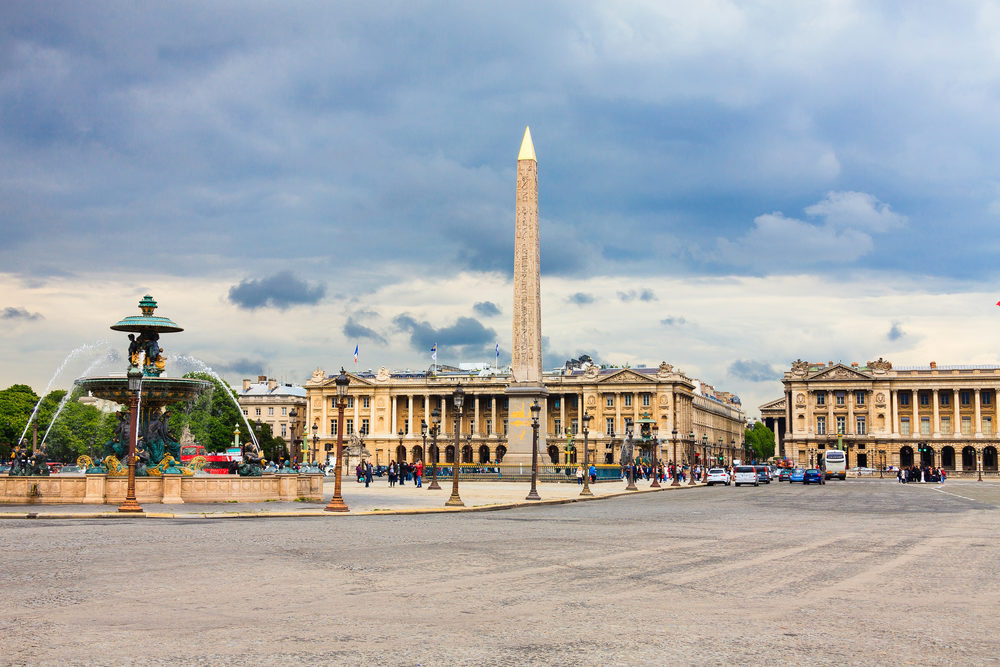
The Place of Concord in the center of which stands the obelisk of Luxor is located not far from the Champs Elysees and Tuileries Garden among others. It has a very particular history and is part of the French heritage.
Here is a return on its appearance and how it has evolved over the centuries.
The Place of Concord was built by the architect Anges-Jacques Gabriel and was completed in 1772. Initially the statue of King Louis XV was located in the center and was called Place Louis XV. The place will evolve according to the events of History.
At this time, the Place of Concord goes from a festive atmosphere to a gloomy atmosphere with the disappearance of the statue of the king replaced by a scaffold surmounted by a guillotine used for executions of the city characters Robespierre and Danton for example.
It was during the reign of Louis Philippe that the place was transformed and embellished. The new architect at the origin is Jaque Hittorf. It is in 1795 that it is called Place of Concord to emphasize the reconciliation of the French after the Revolution. It was also in 1836 that the Obelisk was installed. The one comes from Luxor and dates from the 13th century.
Did you know that 6 years had passed between the donation of this item and its installation in the square ?
Nowadays the Place is classified as a historical monument since 1937. It is located not far from the most famous places in Paris: the National Assembly, the Tuileries Garden, the Champs Elysées, the Orangerie Museum …
The Ferris Wheel, located a few steps away, was installed in 2000.
Today the obelisk is covered with a gold leaf headdress dating back to 1998 and funded by the Pierre Berge-Yves Saint Laurent Foundation.
During your stay at our hostel, take a detour to this beautiful historic square during your visit.
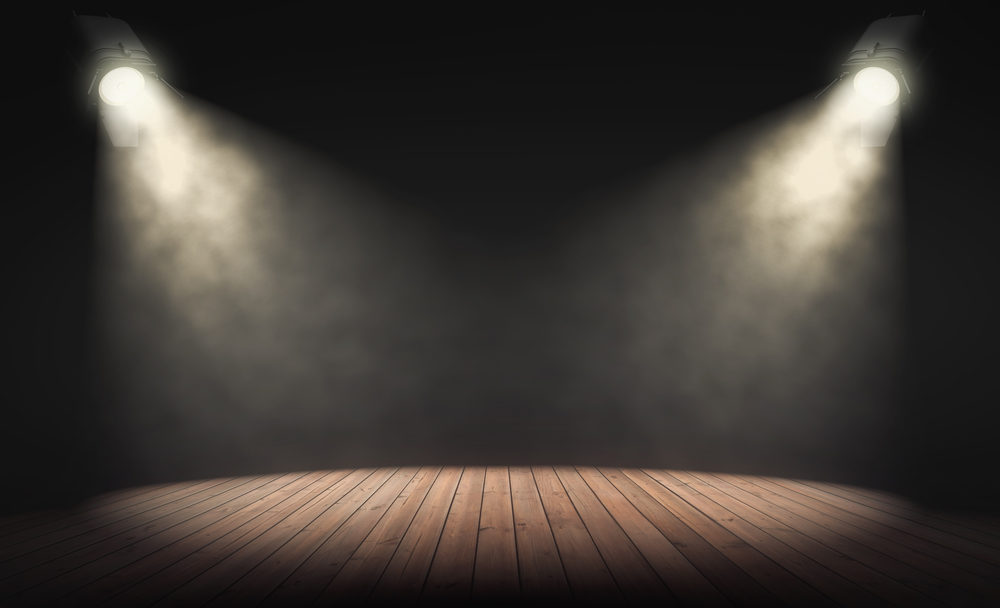
With the success of one-man-shows, the Parisian theaters are on the rise. These are part of the French artistic heritage and allow little-known comedians to make themselves known to the public.
But do you know when did they appear and what are the main coffee-theaters in Paris ?
Here is a presentation of these highlights.
The creation of cafes theaters was done in the 1960s in the main French cities. Restaurant managers then allow comedians to introduce themselves and play in their establishment in front of an audience originally coming to eat. The comics then pass with their hat at the end of performance to solicit income.
In Paris, the theatrical cafes were quickly successful on the Left Bank and at Pigalle and in the Marais and quickly shadows the famous Parisian cabarets. Establishments with less than 50 seats bet on new talents.
The cafe-theater “The end” in Pigalle and its 38 seats serves as a training center of French humorists. Comedians like Shirley Souagnon walked the stage. The establishment is also in partnership with the school of one-man-show in Paris. Comedies as well as children’s plays are also played.
La Petite Loge a few steps from the station Saint-Georges is an old theater for children and so small that the stage measures three square meters with 25 seats making it the smallest room in the capital!
Every year the hall and armchairs are restored. Artists like Gaspard Proust and Arnaud Ducret have walked this scene.
The room Popul’Air composed of about forty seats in the district of Belleville to keep its period style. The actors are paid in the hat as in the original tradition. There is an atmosphere of troquet and the reputation of this room by word of mouth.
The Paname Art café is more recent since it opened in 2008. It has fifty seats and artists like Fary and Norman were on stage. It is possible to eat before each show.
For more information on Parisian events do not hesitate to ask to Aloha’s team.